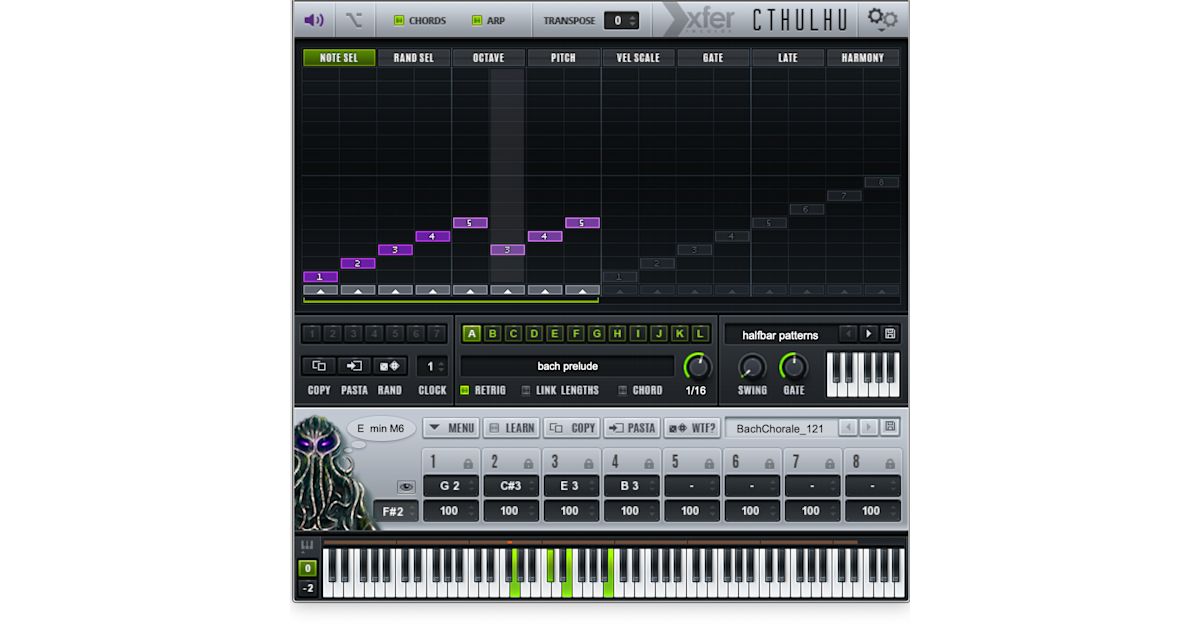

It runs a custom Linux audio environment that gives you buffer sizes as small as 2 samples, producing latency as low as 1 millisecond from audio into audio out, or even down to 100 microseconds from analogue in to analogue out.” How can you see technology such as this changing the game?

“It uses the BeagleBone Black single-board computer which features a 1 GHz ARM Cortex-A8 processor and 512 MB of RAM.

There is currently a Kickstarter for a board developed by the Queen Mary University of London that boasts 1 ms latency. I’ve given a lot of thought to VR as a music-making environment, but I’m a little skeptical that it’s 'the future.' I think VR/AR technology is really well-suited for entertainment, if it becomes a dominant gaming platform like many predict, then naturally other sorts of apps will spill into it. I’ve given a lot of thought to VR as a music-making environment and have my own ideas there, but I’m a little skeptical that it’s “the future”, it feels retro-future to me, if that makes sense (a potential fad/dead-end of sorts, until advancements of technology make the whole thing a lot less bulky). Steve Duda: Probably at some point, there’s already OpenGL appearing in some VSTs. Obviously there are no right or wrong answers to these questions, but finding out what is in the mind’s eye of these visionaries about the same topics could give great insight to what the future of digital music production has in store!Īsk: As wearable technology becomes more popular, cheap, and agile can you see VST & VSTi makers catering specifically to that? I figured I would ask Duda the same set of questions to kind-of compare and contrast their responses. He has been around improving people’s music by ways of his programming ability for many years.

Serum from xfer records is widely considered one of the best software synths available.Ī few weeks ago I had a chance to interview the heavyweight Rob Papen about this same topic.


 0 kommentar(er)
0 kommentar(er)
